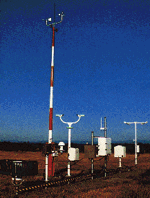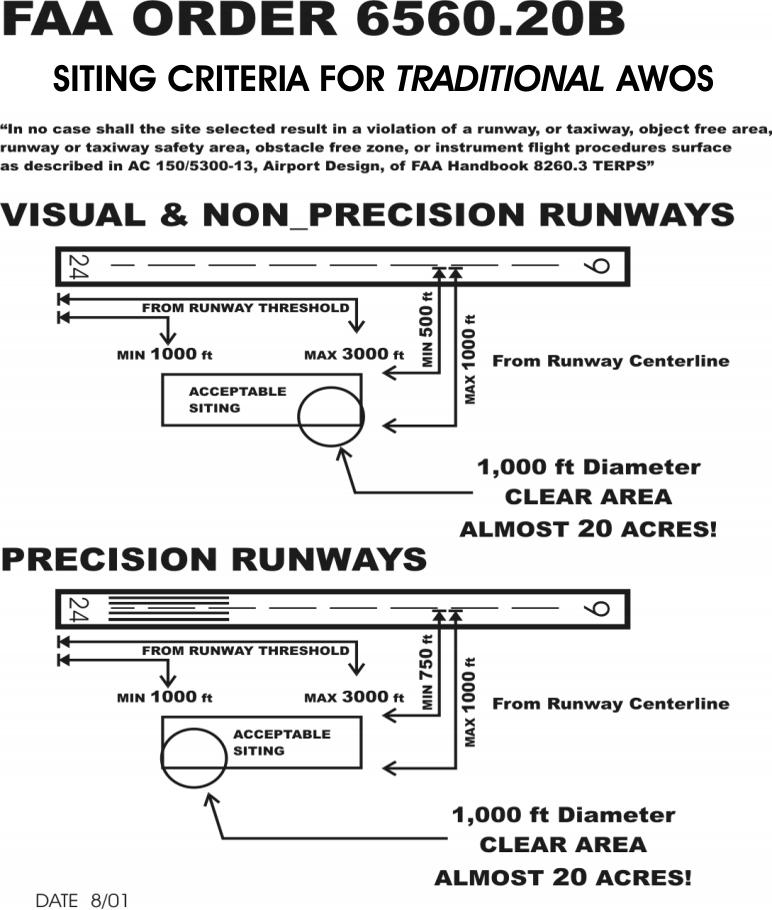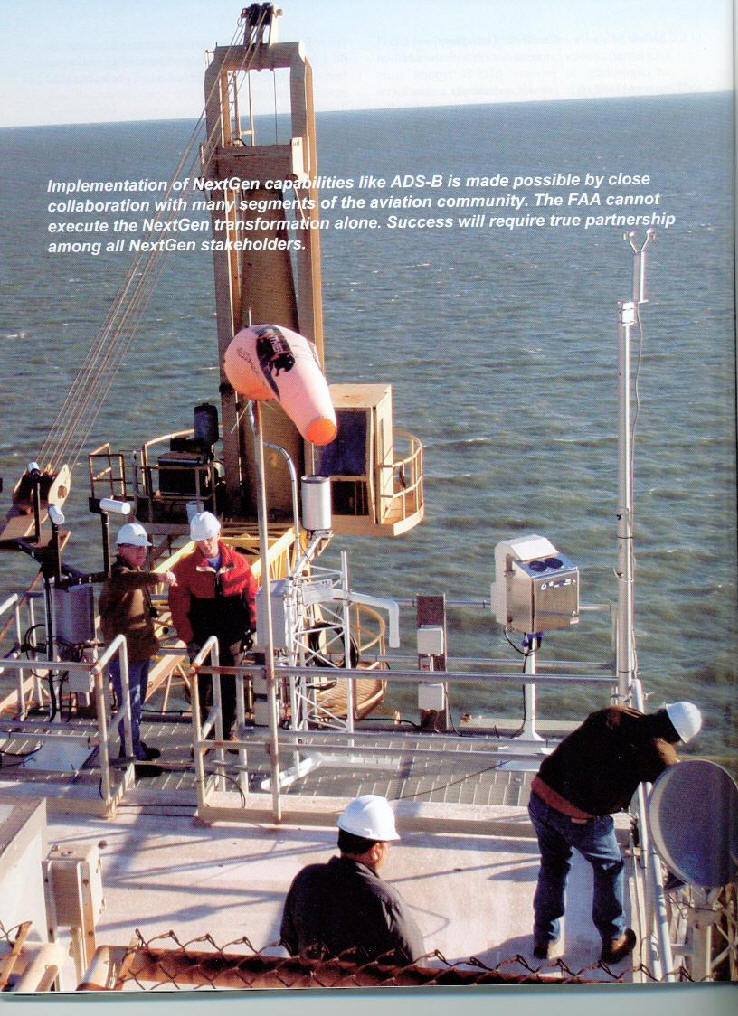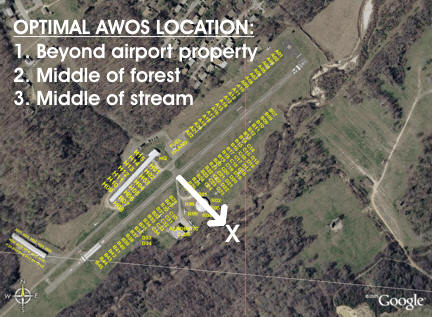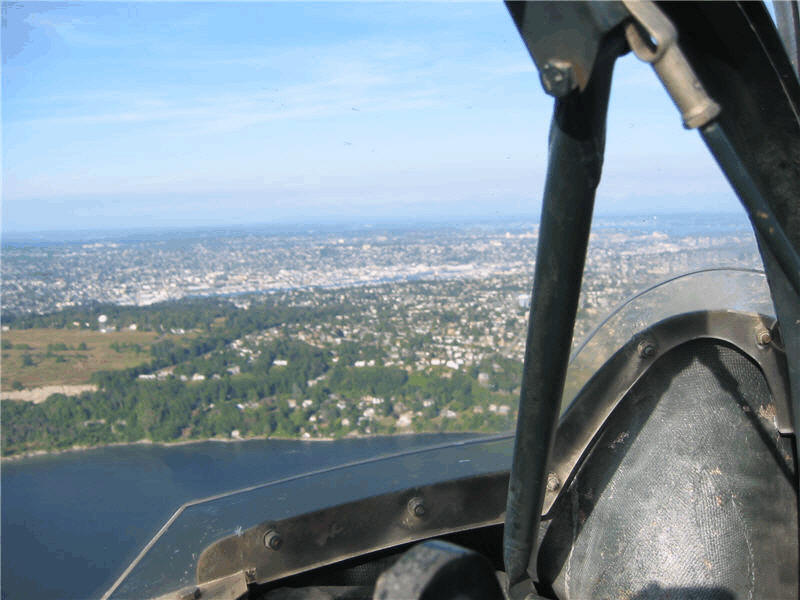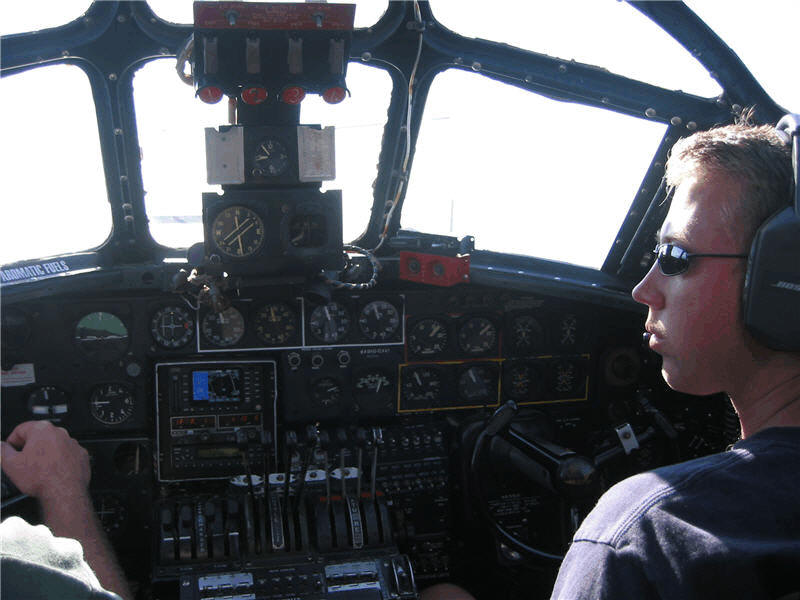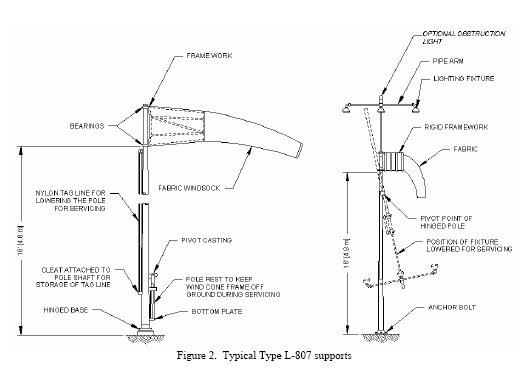FEDERAL REGULATIONS
NON FEDERAL NAVAIDS
FAA Part
171 CFR TITLE 14--Aeronautics and SpaceA 'navaid' is a radio transmitter that provides electronic navigation,
a two or three dimensional course that aircraft follow.
There is no mention of AWOS anywhere in
this regulation
AWOS systems do not provide navigation (course guidance)!
Part 171 reads as a listing of abandoned, and soon to be abandoned FAA
navigational systems: VOR, NDB, ILS, Simplified Directional Facility (SDF),
DME, Marker Beacons, Interim Standard Microwave Landing System, and the
venerable Microwave Landing System (MLS).
Within each section, applicable to its particular navigation transmitter,
are some useful guidelines for good practices: Owner is responsible to
provide qualified maintenance personnel, physical security to prevent
tampering, maintenance and operations by
authorized persons only, etc.
FCC REPAIR LICENSE
Getting a discrete VHF frequency for a legacy AWOS remains extremely
cumbersome. Years ago, AWOS systems were routinely
connected to a nearby navigational aids, such as these, to output the AWOS
weather message. To adjust a navigational transmitter requires someone
who knows what they were doing; an FCC Repair License is required to make
adjustments to a transmitter. A licensed FCC technician should
know how to read their test equipment, which they will need to assure a
transmitter is behaving within specification.
The SuperAWOS transceiver has no field adjustments, it is a sealed unit;
only the manufacturer (us) can make any adjustments. The only action
possible on the transmitter in the field is to remove and replace; after
which the system performs all the diagnostics a technician could perform,
which are reported to us remotely.
There is no regulation requiring an FCC repair license
to remove and replace a sealed, non-adjustable transceiver module!
PERIODIC VERIFICATION OF TRANSMITTER
Legacy AWOS systems transmit in the blind on a discrete frequency.
Should their transmitter fail for any reason, no one will know (unless a
pilot happens to notice and is inclined to tell the FAA).
There are four measures necessary to verify a radio transmitter is
functioning
| Frequency |
Is the transmitter transmitting on
the right frequency? |
| Power |
Is the transmitter putting out the
minimum power? |
| Modulation |
Is there any voice modulation over
the RF carrier? |
| VSWR |
Is the antenna actually radiating
any energy? |
Legacy AWOS systems lack means to monitor these performance parameters,
so they require someone knowledgeable, with test equipment, to periodically
go to the site and check the transmitter. These tests require
sophisticated radio test equipment, and an FCC licensed technician to know
what they are doing.
Realizing the validity of this need, we built into the SuperAWOS internal
diagnostics that measure ALL of these parameters every
day, which are also reported to us daily. If there is any out
of tolerance condition we know it within 24 hours, and an exchange plug &
play module is on the way; no license required. When the module is
swapped in the field, which requires no tools, the system runs a complete
transceiver test that confirms for us, and for FAA, that all parameters are
within tolerance.
|
